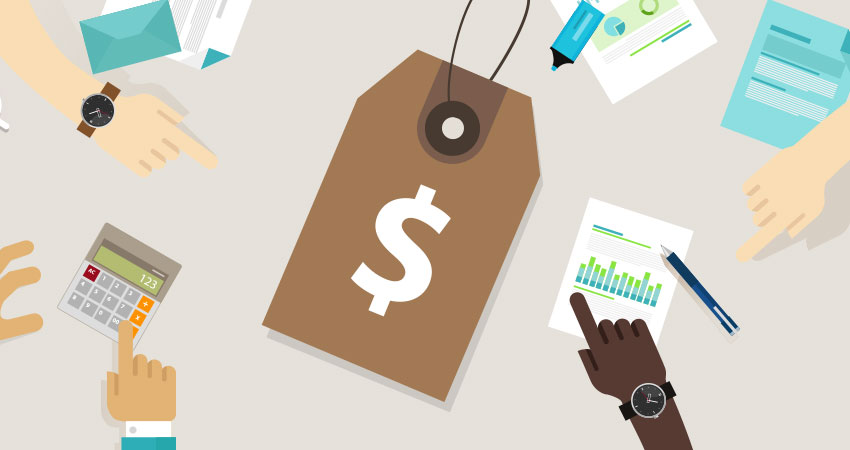Making as many sales as possible is the objective of every Amazon seller. Many aspects affect a customer’s choice to buy your products, including how well it ranks in keyword search results, the number and quality of reviews, if it contains informative language and high-quality photographs, shipment time, and of course, pricing.
Having the right price plan for your private label business on Amazon is critical, especially in times of economic uncertainty. Customers may not buy your product if it is priced too high, opting for a lower-priced competitor. However, if you set your product’s price too low, you risk igniting a price war with your rivals, damaging your market’s value and profitability.
So, how do you pick the ideal selling price for your products? There is no one-size-fits-all approach since the quality of your goods, the cost of production and what your customers want might all differ from those of your rivals. Nevertheless, there are a few data-driven methods that might assist you in determining the ideal pricing.
Understand Your Profit Margins
It’s great to see sales coming in, but less great if the revenue doesn’t exceed the costs of finding, selling and shipping your products.
Amazon sellers should strive for a profit margin of between 25% and 30%. According to Amazon statistics, more than two-thirds (68%) of Amazon sellers operate with profit margins higher than 10%, and more than a third have margins higher than 20%. Roughly 50% of those mentioned above are seeing profit margins between 21% and 50%.
Achieving a reasonable margin also provides you with built-in flexibility for your first advertising expenditure. These expenses should decrease once your campaigns have been enhanced, thus increasing earnings.
A/B Testing and “Charm” Pricing
An A/B test is a solid approach to determine which pricing your product performs best at. After offering your product at two different prices for a predetermined period, compare the results. Running a split test enables you to make data-driven pricing choices, rather than relying just on speculation.
“Charm” pricing, often referred to as psychological pricing, is the process of consciously setting prices in a way that positively affects purchasing behavior. A prime example is pricing an item at $19.99 rather than $20; the product feels like a greater value even at a penny less. This price approach may help you improve conversions if you’re offering a product that tends to be purchased impulsively, such as a novelty item.
Strategic Use of Coupons
Another great way to boost early sales is to include a coupon in a new Amazon listing. Amazon will give a vivid, eye-catching coupon offer beneath your pricing in keyword search results to draw customers. The conversion rate and click-through rate of your listing may rise as a result.
Increasing your pricing a little before adding the discount to your item is also a wonderful strategy for using coupons on Amazon. Customers will still believe they are getting a fantastic bargain this way without your goods being significantly discounted. Psychologically, offering a discount through a coupon might be more successful than just decreasing your pricing.
Value-Based Pricing
Value-based pricing includes determining a price based on the perceived worth of your product or service by your target market. It enables you to demand greater pricing for your goods and creates a favorable impression of your brand.
Consider your target market’s requirements and desires, as well as the distinctive value propositions you have to provide in order to determine a value-based price. You also need a strong brand, well-made, popular items, and innovative marketing techniques. This price strategy frequently works effectively for fashion, art, and collectibles.
Conclusion
Making the right pricing decisions on Amazon might make the difference between having your product featured or falling behind your rivals. However, it doesn’t mean you should stick to a single plan; test out several pricing strategies and track your results to determine which ones perform best for your goods, brand strategy, and target market.
Arjun Narayan is founder and CEO of SalesDuo

